Interview with Marissa Chibas
Daniel Alexander Jones: You have spoken eloquently about the urgent need for aesthetic diversity on contemporary American stages. As a starting point, can you summarize your views on this subject, perhaps including your observation of current aesthetic trends (mainstream and underground) and your concerns about any perceived lack of diversity?
Marissa Chibas: I see American theatrical institutions holding on to old notions of who their audiences are and what they want. An aesthetically diverse theater would not only embrace the many cultures and stories reflected in their communities, but also include productions outside of the Anglo-European narrative-driven aesthetic. Everyone is talking about things becoming more global and the rapid change of delivery systems; performance needs to respond to this changing world. In fact, the change has already happened and the theater in this country lags far behind the other arts in this arena.
We seem to be stuck in 19th century ideas, and this is reflected in the programming at theater institutions around the country. Now, there are many companies and individuals working outside of that, and truly exploring exciting ways to incorporate new technologies, new ways of making theater, cross-cultural and multilingual, cross-disciplinary processes that connect us with a broader audience, and work with text that takes into account the multilingual tapestries that are our communities. The problem is that these artists and companies are working mostly outside of institutions and are presenting work in this country but having to self-produce that work. In this economic climate that becomes increasingly unsustainable.
The people that we're training at CalArts are ready to begin a new conversation. But, what you have are producing organizations whose leadership is really firmly holding onto an Anglo-European aesthetic—traditional narrative aesthetic. And the people who are in the literary departments and so forth are being groomed to weed out material that is not part of that. I know many playwrights who begin with wanting to investigate a more non-narrative structure, something more along the lines of Lorca—I don't like the term magic realism, but for lack of a better term—and part of it is that I do think that's realism for some cultures. You know to speak to ancestors is something that's real for me as a Latina, I grew up seeing family members do it. So, you know, it's not magic; but looking within a frame of Anglo-European narrative, it is magic realism.
And then in the workshop process it's not fitting the formulas the theaters have decided are what the public wants. And part of it is that the public that they are engaging with still continues to be narrow. I know that some theaters are trying to do something beyond that—or they say they are—but the thinking is still really embedded in 19th century ideas of theater. And so we have a lot of graduates who are finding venues like MPAC or Mass MoCA or international film festivals where the work that they are exploring that is more interdisciplinary in nature, more a part of their generation that just grew up with technology, those are venues where they can present, maybe even get produced. But the producing theaters that have the ability to actually support these new works are not doing it.
Daniel: You see this as a wakeup call to our larger American theater that we are losing a generation to other media?
Marissa: In 2009 one of the presenters at TCG said the America of the future that you envisage as being in the future is actually here now. Look at these populations that are not being addressed in your programming. It was very clear. Two years later I don't really see any difference, any big changes. One of the things I want to work on are some statistics related to the percentages of people of color and how much of the work being done in theaters actually reflect those communities.
We have a pretty standard season that we've been doing for the past thirty years without changing much and then throwing a bone to communities of color—but no bone is being thrown at all to the community that is young—young communities who are interested in new technologies (aesthetics); who are interested in a theater that includes what they've grown up with. Collage is a big part of it. There's something about how we're wired. It would be interesting to trace the leaders in the field of non-traditional, non-text based work to see how many of us are bilingual. There's something about (what happens) once your brain is needing to access more abstraction, it becomes a need for you to see that abstraction in the arts as well.
Daniel: There are a number of factors institutions might use to justify the sorts of seasons you are critiquing. Some claim economic concerns—they have a particular audience as their subscription base and they want to target/tailor specific work to them. Another is they want to “cultivate” emerging artists in ways that are “safe” but that aren't going to expose these artists to premature criticism or pushback— which might well be code for “how do we narrow it down and fit it in a box.” How much of it, do you believe, has to do with comfort with the way that we see?
Marissa: I don't think it's economical at all. If anything, you could tap into a much broader audience—people who are interested in visual art, people who are into dance, younger people. This is very deep and it has to do with threat and fear. Robert Brustein wrote about how there are two kinds of people—those who are for the imagination and those who are against it. It comes down to that. And that sounds very warlike and I'm not at all. On a certain level this is really unconscious, but as I have seen the passionate ways in which people respond to non-narrative work, it's fear based; it's somehow “my rational idea of how things should be is being questioned by your poetry, your material, and I don't know how to land in this—I'm not wired for this.” In some ways it also has to do with our educational system that somehow everything has to be fixed. You have to “understand” everything. I think understanding is very overrated. We're afraid of experience.
Daniel: Yes!
Marissa: Being, and having an experience rather than understanding everything. Everybody talks about “I want to have closure about this.” There's such a desire in our culture to fix things and have closure, when nothing in life is about that. I feel like the Eastern traditions that have swept into our culture have been really healthy in getting us to understand that there is no fixed reality in that way. I have found real life to be stranger than anything I can imagine. So I need to have that reflected in the works that I see.
And I think that's threatening on a very deep level. And somehow it means their traditions won't exist, right? The tradition of a beautifully crafted and executed traditional narrative would cease to exist—I just don't believe that. It's like the fear that people have that books are going to disappear. In some ways technology is similar; there's a lot of good in this that we need to embrace because we can't turn back. We're talking about some basic philosophical differences that the people who are the heads of many of these institutions have an avid inflexibility about.
Daniel: At a recent TCG conference you held a panel discussing aesthetic diversity. Were there observations, trends, spaces of resistance, movements toward change that emerged from the conversation? Are there any points you would like to share?
Marissa: At the TCG conference in Baltimore in 2009 Dawn Saito and I led a panel on aesthetic diversity. We felt a strong desire to initiate a conversation that would call into question the aesthetically narrow programming in the resident theater and to open up a dialogue for a broader support for adventurous theatrical work in this country. Dawn and I had prepared a list of questions for our panelists but the passionate feelings in the room were palpable and we chose to open up the floor to discuss the topic. What ensued was an outpouring of strongly held beliefs by artistic directors, managing directors, writers, performers—a veritable cross section of the American theater—wishing to engage on the issue of advancing the art form of Theater into the 21st century through more adventurous programming.
The arguments and struggles expressed by these theater professionals to do this are illuminating. Chi Wang Yang, who makes what he calls “hybrid-theater,” spoke eloquently on how his aesthetic preferences are intricately connected to his Chinese-American cultural heritage. His multilingual background forced him to be drawn to the non-linear and he said, “…collage was and is more meaningful.” He also spoke of how “…technology creates democratization of experience.” Chi Wang was one of many artists of color who spoke on the ways in which aesthetically diverse or adventurous work is more resonant to them because of cultural influences.
I myself am a Latina who was raised speaking both Spanish and English and later learned French. I realized through Chi Wang's insight that much of what frustrates me about the current programming is the lack of image-based work that speaks more to those of us who are “wired” differently. Part of that wiring has to do with being multilingual. This resonated deeply for me and I began to understand what alway drew me to the work of artists such as Robert Wilson, Pina Bausch, Tadeusz Kantor, The Wooster Group, Eiko and Koma, and Yuyachkani. I'm excited by the work of Rude Mechanicals, Elevator Repair Service, Ron Berry, Austin, Refraction Arts, Poor Dog Group, Inverso in Guadalajara, among others.
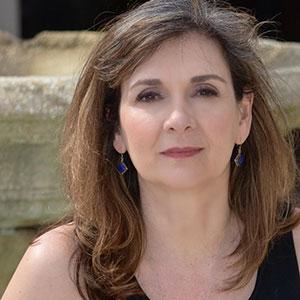
I see American theatrical institutions holding on to old notions of who their audiences are and what they want. An aesthetically diverse theater would not only embrace the many cultures and stories reflected in their communities, but also include productions outside of the Anglo-European narrative-driven aesthetic.
Daniel: How do we move beyond a surface understanding that the need for diversity is important? What are the practical, if radical steps you would suggest?
Marissa: I'd like to see some galvanizing of groups and individual artists with this interest through web forums, local gatherings, conferences, perhaps connecting with some of the other arts and sciences to help make a loud enough noise to be heard. Also with the environmental movements. Some places like LA's Farmlab is making that connection between art and environment to focus on an ecosystem of art making. The internet has so many possibilities as well to connect not just on a national but international level with like-minded theater artists.
I also think we need to continue to look for way's to tell the stories of those who are being kept in the shadows. I am thinking in particular about the terrorizing of illegal immigrants that is happening in this country and how little I have read or seen on this subject other than on the news. I was recently asked to conceive and stage a concert that our Latin Jazz ensemble at CalArts will perform in April. I have decided to interweave stories of those who crossed over to this country in between songs. I keep wanting to put a human face and voice to the "illegal immigrant issue". The songs will have a context that will reflect back to the need for the music that is transporting. It is a small venue, but something at least. And, I hope to do a larger project in the coming year that will engage me with the scary terrain of Arizona.
Daniel: The actors emerging from your MFA program at CalArts are vibrant, supple, and visionary. One of the things I noted about them is the breadth of their capacity to engage multiple aesthetics with confidence and skill. Can you discuss your approach to training them in light of your ideas about aesthetic diversity? Are there particular "eureka" moments that underscored, for you, the power/benefit of this approach to training? What do you hope for them and what do you fear for them as they enter the American theater at this particular moment?
Marissa: First of all, thank you for your description of our students. We work hard to have a community of students that reflects the world we live in. It is such a joy to be in a studio where we can share a true cross-section of ideas that emerge from differing cultural backgrounds. It sometimes makes for tensions but those are tensions we need to discuss and be in active engagement with in order to grow as artists.
A major part of the training has to do with being open to different aesthetics and being malleable performers as well as generators of work. I know from experience how frustrating it is for a director to work with an actor who speaks one methodological language and cannot transcend that. We want our students to excel and be able to step into a myriad of material in theater, film, television, and those other emerging arenas. We currently have co-productions and projects this year with Mexico, Korea, and Russia. Learning to work in other traditions and even with those whose language you do not speak is essential for the 21st century performer.
We also stress the need to generate work and build a team of artists you trust to work with who share a vision of work. There are so many important stories of different backgrounds not being told. We want to be part of the movement that expands performance in this country and we empower our students to do just that. I might say to a student, “You don't like the depiction of African American women in films? Okay, what is the story you want and need to tell and who here can you team up with to make that happen before you graduate.” The time is now.
My most recent Eureka moment came while in Guadalajara this January with a group of CalArts Theater school students who are working on a co-production with the University of Guadalajara and Center for New Performances new initiative Duende CalArts, which I founded and seeks to celebrate Latino Artists and culture. Eight CalArts students traveled with me and Associate Dean Nataki Garrett. There is no question this was a seminal experience for them all. It was a truly joyful collaboration.
What is so wonderful is that we connected with artists in Mexico having similar aesthetic struggles. The big difference is that those actors in Mexico have much more support. They live simply but all of them were working as actors in theater and living off that. That is nearly impossible in this country. Our actors have to be clever in how they get their work subsidized, through their entrepreneurship and tenacity. I fear that some of the most gifted people I train, who have wonderful skills and important stories to tell, will lose heart too easily.
Daniel: What do you feel the responsibility is in the 21st century for training programs as regards aesthetic diversity? Name three points for consideration?
Marissa: 1. Have a sense of what is happening, and what speaks to you, locally, nationally, and internationally, then make connections in all those arenas. All kinds of people are doing interesting work in spaces that are not necessarily theaters but can transform and become exciting spaces. Who's working in ways that really speak to your soul? Students need to be flexible; to be open to myriad ways of working. That’s a great thing about international projects when you're working with somebody who doesn't speak your language, you have to take a leap into the unknown.
2. Develop great technique, strong bodies and voices, yes, but also the ability to analyze text in myriad ways, to let text speak in a soulful way not just analyzing beats line by line but really being able to feel the tone of what the writer is trying to get to. That's just as important as the ability to have an open vocal channel and transform, use the body, etc. You have to have the flexibility of spirit and mind to move into the unknown and maybe pave a road for others.
3. Planning for a lifetime of this. Longevity. I've been working hard with my students doing exercises around personal mission and personal strategic planning.
Daniel: You speak a great deal about Duende in your work as an artist and teacher. For those who might not be familiar with the concept, can you describe the essence of Duende and its centrality to your view of art?
Marissa: Duende is one of those words that is difficult if not impossible to translate. It is the power and essence that stirs in a performer when the mojo is going. It is more than inspiration because Duende is not altogether benevolent. It is what the flamenco singers and dancers need to perform at the highest level. It is transformation out of the self and into being. I am particularly interested in watching performers be on stage in the fullest way.
The American traditional processes involving having a motivation and playing an action are important to know but not what our major focus should be. It is rational and the rational should play a part but a small one in art making. I see plenty of skills out there as well as craft, what I long for is Duende and Duende can only be reached through rigorous practice of the art form while unleashing imagination and submitting to the material. The greater the material, the deeper the Duende and the greater the transformation into being.
Daniel: How is Duende related to aesthetic diversity; is our knowledge of our American soul contingent upon our ability to experience it? And if so, what role does aesthetic diversity play in revealing and/or nourishing the American soul?
Marissa: Yes, I love that, American soul! Gertrude Stein in her essay “I Came and Here I Am” speaks so beautifully about that soul. She clearly missed her American home and loved returning to a changed country and yet still very much connected to what the American earth is connected to. The American soul has been influenced by so much and from so many directions. It is still a place people risk their lives from all over the world to get to and for a reason. We are a place of new beginnings rooted in ancient worlds.
When being interviewed in Mexico for my solo piece the subject of the Bringing Back Broadway initiative in Los Angeles came up. The Broadway of LA was as big in the early part of the 20th Century as New York’s Broadway until the film industry changed all that. The initiative will renovate and create a downtown arts center surrounded by theaters. The interviewer asked me “Well, will it be like the Broadway of New York?” I answered, “No, it will be the Broadway of LA,” and with that answer I felt this wave of possibility and potential.
The Broadway of LA has not been created or defined and has the potential to reflect the cultural, ethnic and aesthetic diversity of its citizens in a rich and meaningful way. California is the first state in the union not to have an ethnic majority. The American soul is deeply rooted in what Gertrude Stein wrote towards the end of her life in her novella Brewsie and Willie, our ability to pioneer. I love the notion of being part of a modern cultural pioneer movement that connects to our nation’s growing interest in community, farming, and environmental interests.

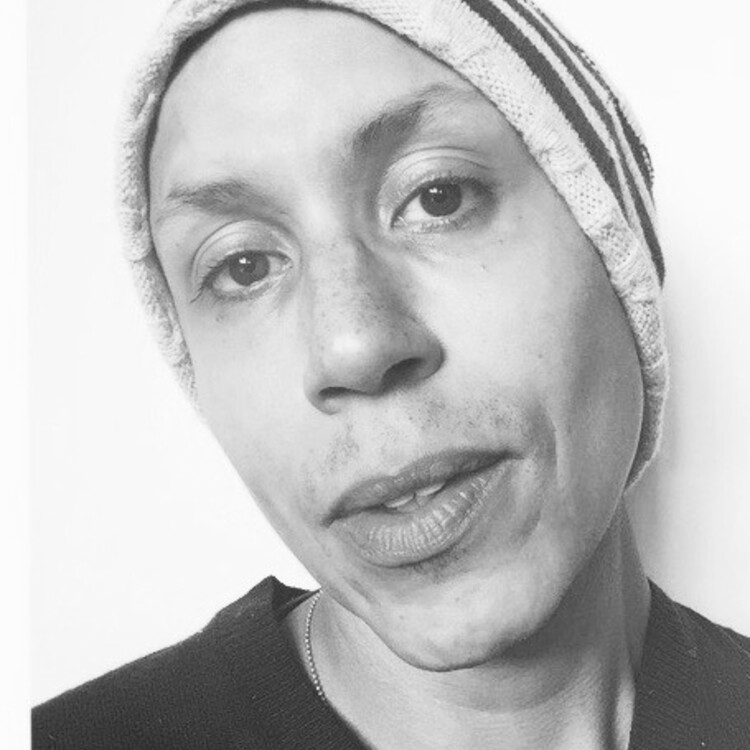
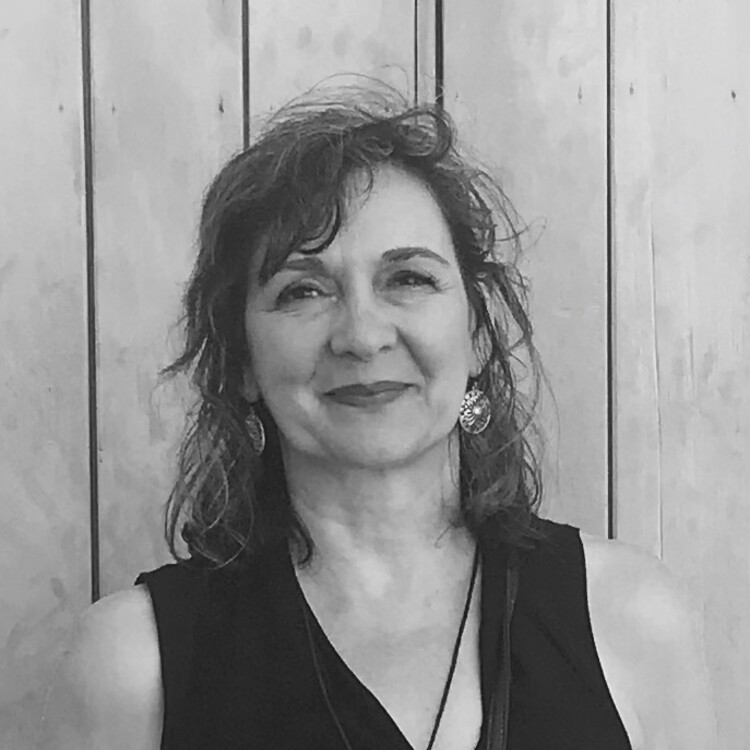
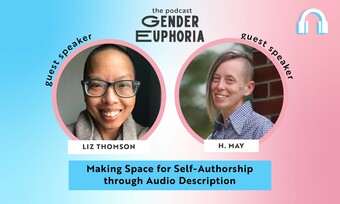







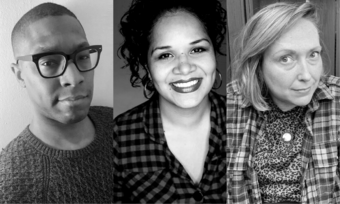




Comments
The article is just the start of the conversation—we want to know what you think about this subject, too! HowlRound is a space for knowledge-sharing, and we welcome spirited, thoughtful, and on-topic dialogue. Find our full comments policy here
Melissa,I am sorry you received such a narrow view of the interview. I was not speaking of an either or but looking for an expansion and more inclusion aesthetically in American Theater. No where are "white guy's" mentioned either. I speak over and over again in the interview about the importance of storytelling. It is the way we tell stories that needs to expand. The forms you mention use of course, narratives but in a very different way. Those forms have great flights of imagination, are rooted in the ancestral and mythic, and are very visual. That is a far cry from much of what we see. Here's to an American Theater that includes presentation of the forms you mentioned and much more!
Narrative is universal. I think it's inaccurate to characterize non-narrative theatre with "world culture" and narrative theatre with old white guys. Most world theatre is very narrative-based. Sanskrit drama, classical Indian dance drama, wayang, the various forms of Chinese opera, Kabuki, Noh-- all of these are rooted in linear narrative. Experimenting with narrative is great, but making it somehow about "Anglo-European" culture vs. everyone else in some kind of aesthetic throwdown is just inaccurate.